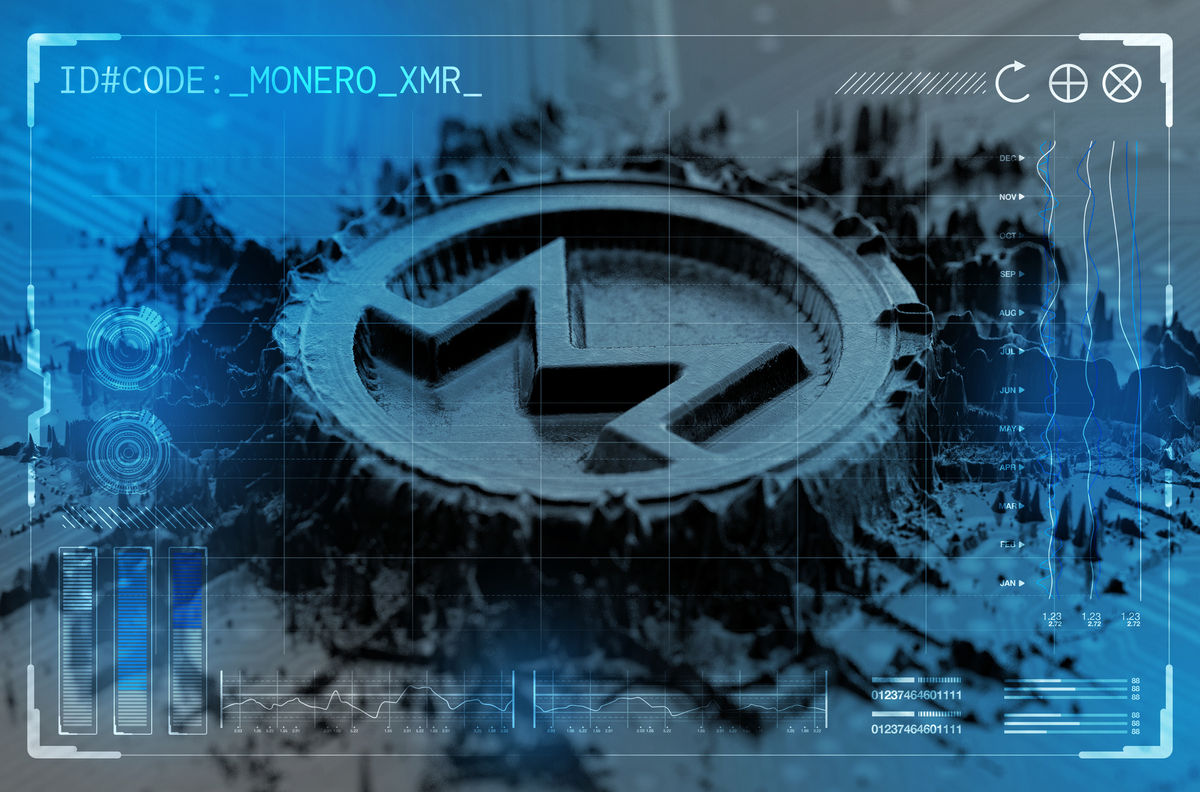Monero has added 28% to its value in a year despite suffering all kinds of calamities. The community wallet lost all of its funds after an attack in November 2023 and the coin was delisted by OKX and Binance in 2024. Why the impressive performance, and what are the prospects for Monero and privacy coins in general?
Monero is one of the best-known, highest-market-cap privacy coins. The open-source crypto goes back to 2014. It was developed to be opaque and obfuscate transaction information, such as the identity of senders and recipients and the transaction amount. The network hides both parties’ addresses.
In the attack, an entity swept the CCS wallet in nine transactions. Insiders reached the conclusion that the attacker probably used a Monerujo wallet and enabled the PocketChange feature. When the feature is enabled, the wallet creates further change transactions as users spend funds. To date, there is no evidence to suggest the attacker was caught.
Despite relatively reliable security features, the whole balance was lost. This called for enhanced security measures, such as policy-based enforcement or zero-trust security, to prevent future attacks. Implementing such measures added value to the XMR token.
OKX and Binance delist XMR
OKX delisted 20 trading pairs this year, among which a lot of privacy coins. Its actions could not be attributed solely to Monero. Binance did not give a specific reason, only saying Monero “no longer met its expected standards.” Experts believe thatMonero’s private transaction feature might be a reason for its removal.
Reddit users express suspicions that Binance had been selling XMR without actually having it, which is why their XMR withdrawals were always “under maintenance.” The exchange was having issues with the SEC at the time, including accusations of money laundering, so this could have been a way to show they were “doing something.” Monero’s XMR token fell to a record low when Binance delisted it but recovered thereafter.
Monero price prediction
The Monero (XMR) price has encountered critical level resistance. The technical data indicates there might be a short-term correction as momentum indicators reveal a bearish trend.
According to some analysts, the Monero price is set to retest lows. It failed to close above the daily resistance level of $181.22, and AO and RSI indicators support the bearish outlook. On June 13, the price closed higher, but no high in the RSI for the same period followed. This development is called a bearish deviation and often leads to a short-term price decline.
If XMR closes above $181.22, it will give rise to bullish market sentiment. This change in market structure would provoke a 5% increase in the XMR price to revert to its high of just over $190 on June 9.
Monero saw a significant price increase after the MoneroKon event in Prague between June 7 and June 9, which drew privacy advocates, leading scientists, and cypherpunks from all over the world. They discussed advancements in financial and privacy technology. The event highlighted the privacy platform’s focus on decentralization and security.
Monero transactions are untraceable thanks to ring signatures, stealth addresses, and RingCT, and this continues to make it a unique and attractive crypto investment.
Outlook for privacy coins
Privacy coins like Monero, Zcash (ZEC), Dash, PIVX, and others have numerous advantages and use cases. Zcash offers shielded, yet transparent transactions with zero-knowledge proofs (zk-SNARKs) to keep details private. PIVX, which stands for Private Instant Verified Transaction, anonymizes transactions using zPIV, a custom privacy protocol.
Use cases of these coins include private transactions, confidential payments, and enhanced security. People and businesses can use them to make payments without revealing sensitive financial data.
Privacy coins encrypt transaction details, making it more challenging for unauthorized parties to manipulate transactions.
Privacy coins will see advancements to address growing data privacy concerns. Their prospects are promising despite the challenges. Regulators are ramping up scrutiny, which is a problem, but the growing demand for security and privacy in digital transactions offers excellent prospects. Privacy coins are likely to become more widely accepted and intuitive.
Advancements in network scalability and cryptographic techniques can enhance their efficiency and functionality, making them more appealing to a broader audience.
This article was originally published by a www.banklesstimes.com . Read the Original article here. .

